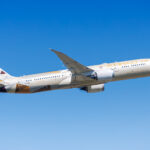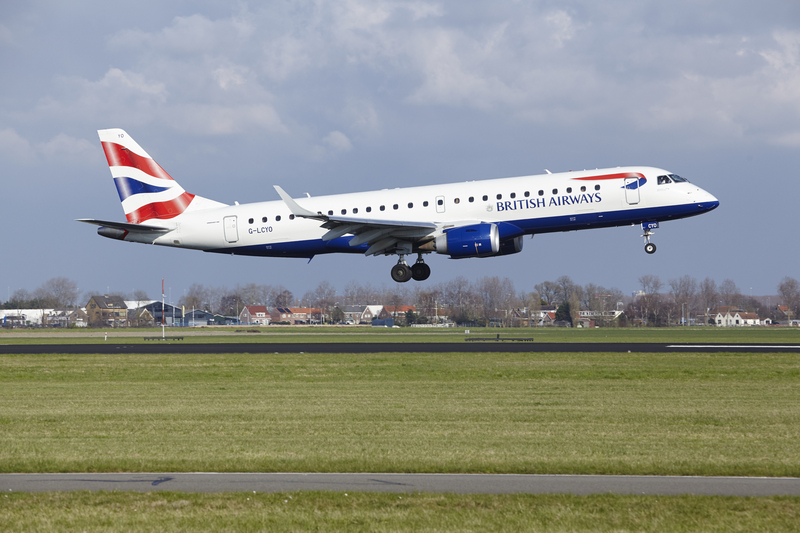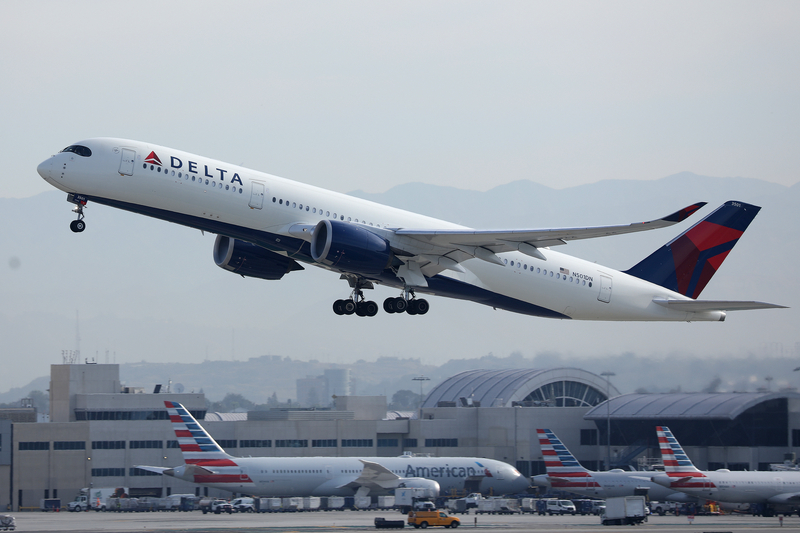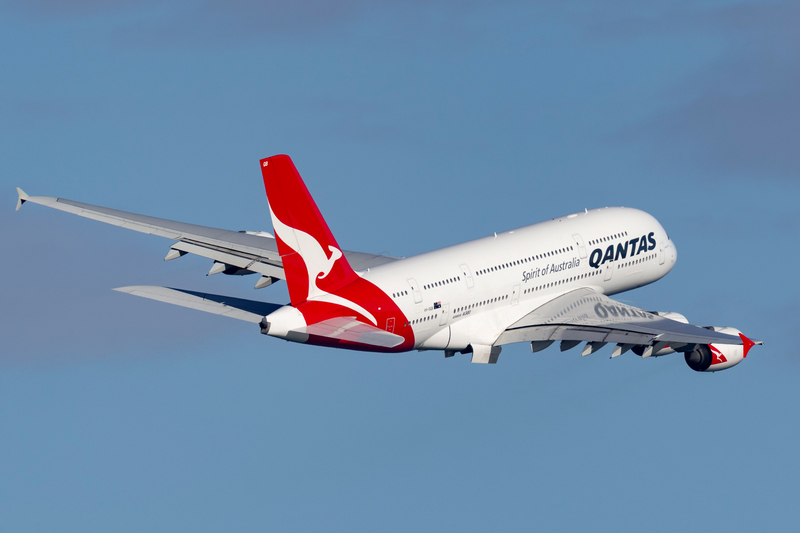Hainan’s 36-Hour “Round-the-World” 787 Service: Why Beijing–Boston–Brussels–Beijing Exists
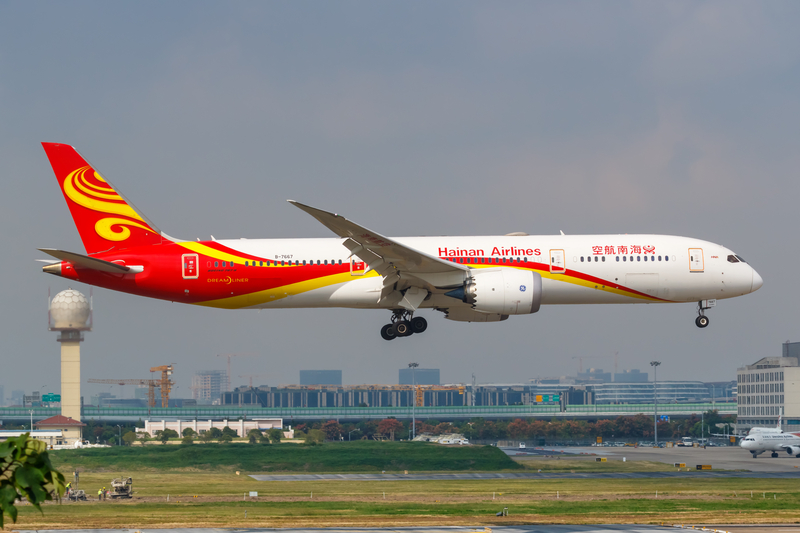
ID 190568601 | Air © Boarding1now | Dreamstime.com
Since late 2023, Hainan Airlines has been running a three-times-weekly Boeing 787-9 rotation that looks—on paper—like a mini, modern Pan Am:
Beijing (PEK) → Boston (BOS) → Brussels (BRU) → Beijing (PEK).
It is not a true around-the-world ticket; BOS→BRU has no local traffic rights (no passengers may be sold solely on that sector). The BRU stop is a technical and crew stop to position the aircraft and team for the return to China without routing over Russian airspace.
Illustrative schedule (Oct 7–13, 2025):
-
HU729 PEK→BOS 14:20–16:20 (15h00) — Wed/Fri/Sun
-
HU730 BOS→BRU 18:40–07:30+1 (06h50) — Wed/Fri/Sun
-
HU730 BRU→PEK 09:00–03:10+1 (11h10) — Mon/Thu/Sat
The equipment is a 292-seat 787-9 with Hainan’s denser economy layout than on some of its other Dreamliners.
Why Hainan built this triangle
1) Airspace constraints & winds
With most US-China operators avoiding Russian airspace, ultra-long westbound legs can face punishing headwinds. Hainan’s original nonstop BOS→PEK operation periodically required a technical stop (previously Seattle). Shifting the stop to Brussels:
-
Shortens the demanding trans-Atlantic segment from BOS,
-
Resets crew duty limits under a more predictable plan, and
-
Sets up an EU–China leg that can be flown on permissible routings.
2) Crew duty & operational reliability
Long westbound sectors can break the duty-time bank, especially when holding, re-routes, or winter winds stack up. A planned BRU pause gives:
-
Predictable crew changes and rest,
-
Maintenance opportunities and fuel top-off,
-
Better on-time performance for the long BRU→PEK return.
3) Commercial logic without fifth-freedom sales
Hainan cannot sell BOS↔BRU locally on HU730. Even so, the stop can still be worthwhile:
-
Cargo can be repositioned (subject to permits),
-
Catering, ground services, and crew changes can be optimized,
-
The return BRU→PEK can harness Europe-origin demand already cultivated by Hainan’s separate terminator BRU flights.
A throwback to “circle-the-globe” flying
Classic round-the-world services (Pan Am, TWA, even United’s multi-stop 747-400 missions) stitched together continents before ETOPS twinjets and today’s alliance connectivity. Hainan’s triangle is function over romance—a pragmatic answer to geopolitics and winds—yet it evokes that era’s choreography: long legs, tech stops, and careful crew staging.
What this means for Boston & Brussels
-
Boston (BOS): Keeps a nonstop from Beijing eastbound and becomes a technical stepping-stone westbound. Local BOS demand—students, biotech, tourism—anchors the PEK→BOS leg; the onward ferry to BRU is the price of operational certainty.
-
Brussels (BRU): Gains additional widebody movements and belly-cargo opportunity on a patterned schedule. BRU is already a Hainan station, simplifying handling and contracts.
Why Hainan didn’t just keep the Seattle stop
Seattle once served as the westbound tech stop. Brussels offers different trade-offs:
-
Network symmetry with Hainan’s separate BRU↔PEK service,
-
Crew and contract efficiencies at an established EU base,
-
Seasonal wind and slot flexibility that can make timing more predictable than a coastal US tech-stop in certain periods.
The fleet & cabin angle
Hainan’s 787-9 is the airline’s workhorse for these ultra-long segments. On missions like PEK→BOS (15h+) and BRU→PEK (~11h), the 787-9’s fuel burn and payload-range profile remain favorable versus older widebodies. The denser layout trades some comfort for seat-mile cost, critical when a schedule includes a “dead-sector” with no local revenue.
Regulatory backdrop: traffic rights 101
-
Fifth freedom rights (selling BOS↔BRU seats) require explicit US–China–EU approvals—not granted here.
-
The BRU stop is authorized for technical purposes: fuel, crew, servicing.
-
Separate BRU↔PEK flights do carry local traffic under existing bilateral frameworks.
Will this last?
Probably not indefinitely. Hainan has signaled a desire to restore true nonstops once the wind/airspace equation or fleet planning makes it consistently viable. Tech-stops add cost and complexity and blunt competitiveness against carriers able to run nonstop both ways.
Context: Hainan’s much slimmer US footprint
Pre-pandemic (Oct 2019), Hainan operated double-digit US-China routes (BOS, JFK, LAX, ORD, SEA, SJC, LAS, plus inland China points like Chengdu/Chongqing/Changsha/Xi’an). Today it’s down to a handful of weekly departures:
-
PEK–BOS–BRU–PEK (3x weekly),
-
PEK–SEA (2x weekly),
-
(Other limited patterns depending on season).
The retreat—about 87% below 2019 US frequencies—reflects broader US-China capacity realities, aircraft/crew allocation, and airspace routing constraints.
What to watch next
-
Routing changes: If permissions or geopolitics evolve, a return to BOS nonstops in both directions is the logical end state.
-
Seasonal tweaks: Expect timetable fine-tuning to chase tailwinds and crew-duty efficiency.
-
Cargo pull: If BRU belly freight yields hold, the stopover utility increases even without fifth-freedom passengers.
-
Fleet moves: As more long-haul capacity stabilizes in China, Hainan could redeploy or upgauge, further reducing the need for a European tech stop.
Bottom line
Hainan’s Beijing–Boston–Brussels–Beijing 787 loop isn’t a nostalgic globe-girdling service so much as a clever workaround: respect airspace constraints, tame headwinds, reset crews, and keep Boston connected while preserving a clean, legal return to Beijing. It looks unusual on a map—but for now, it’s how the math and the winds add up.

